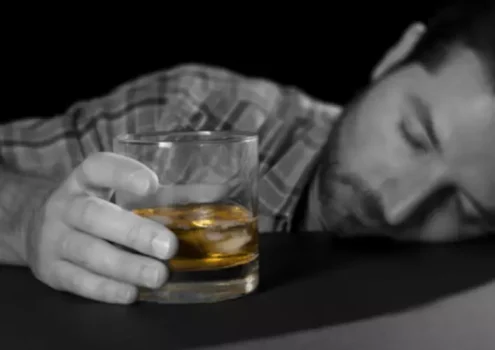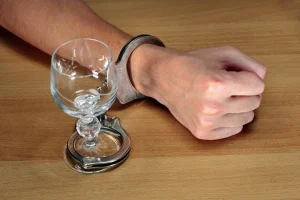
Each program provides different levels of support, incorporating detox, therapy, and aftercare to promote sustained recovery. Recognize the stages of alcoholism and pave your road to recovery. Many in the addiction arena, however, argue that alcohol addiction is a chronic disease that never completely goes away. They believe that the risk of relapse always remains and that the disease requires lifelong treatment. Severity is based on the number of criteria a person meets based on their symptoms—mild (2–3 criteria), moderate (4–5 criteria), or severe (6 or more criteria).
What Is Trauma Informed Care
The primary symptom of stage one is the development of alcohol tolerance. This stage of alcoholism is difficult to notice, even for the person misusing alcohol. From opioids to alcohol, uncover the truth about substance abuse and brain health. Discover the truth behind “Does drinking alcohol cause hair loss?” Learn causes, effects, and recovery tips. Delve into understanding protracted withdrawal symptoms, their causes, management, and support options. It’s crucial to recognize the severity of alcoholism and the potential for irreversible damage.

Support for Me and My Family

If this sounds like you or someone you love, it’s a good time to seek help. If you think you may have alcohol use disorder, you’re not alone. Realizing you may have an issue is the first step toward getting better, so don’t hesitate to talk to a healthcare https://ecosoberhouse.com/ provider. They’ll recommend treatments and resources to help you recover from alcohol use disorder. If you think a family member or loved one might be showing signs, signals or symptoms of alcoholism, know that it won’t “go away” on its own.
Benefits of PA Rehab Centers
Treatment can be outpatient and/or inpatient and be provided by specialty programs, therapists, and health care providers. During the recovery stage, it’s not uncommon to feel temporarily worse. For some people, AUD has hurt their relationships, careers, health, finances, self-esteem, and other aspects of their lives. If you think you may have a drinking problem, you’re definitely not alone. In 2021, researchers estimated nearly 30 million people ages 12 years and older in the United States had alcohol use disorder (AUD).
The liver gains fats and inflammation, eventually leading to liver scarring. The result of the damage is often liver disease or cirrhosis. This is a comparatively non-threatening level of drinking, which may not always lead to alcohol abuse. This often looks entails consuming a few drinks when out with friends. Master how to stop binge drinking with effective strategies and resources. Explore effective ways to reduce alcohol use, understand health risks, and discover treatment options.


Between 90 and 100 percent of alcoholics develop a fatty liver, which can progress to cirrhosis. Stopping is impossible at this point without professional help because of the severe and potentially life-threatening withdrawal symptoms that would occur if they quit cold turkey. By this stage, their drinking is taking an obvious physical toll as well. They may appear red in the face or look bloated and generally unwell. The alcoholic probably isn’t sleeping or eating well at this point and may not be keeping up with personal hygiene.

For example, they may say they are drinking a lot because they are stressed because of work. Or they could claim that it’s common to drink to relax and say that it’s no big deal. Binge drinking is a pattern of consuming large amounts of alcohol within a short period of time. This occurs most often in young adults ages 18 to 34 but affects people outside of this age group as well.
- Alcoholism emerges from alcohol abuse, when there’s a pattern of drinking despite negative consequences.
- You don’t need to wait until the brink of disaster to seek help.
- The mental and physical health of alcoholics are rapidly deteriorating at this stage, and unless they seek alcohol rehab, they may drink themselves to death.
- After completing a program at a treatment center, recovering alcoholics move into the maintenance stage, which generally lasts from six months to several years or longer.
- Stopping is impossible at this point without professional help because of the severe and potentially life-threatening withdrawal symptoms that would occur if they quit cold turkey.
- These programs organize your treatment session based on your schedule.
Discover the life-changing benefits of rehab centers in PA, your key to lasting recovery from addiction. ‘ from types, symptoms, impacts on health, to available help and resources. Unearth the path to recovery by finding good drug treatment centers tailored to your unique needs.